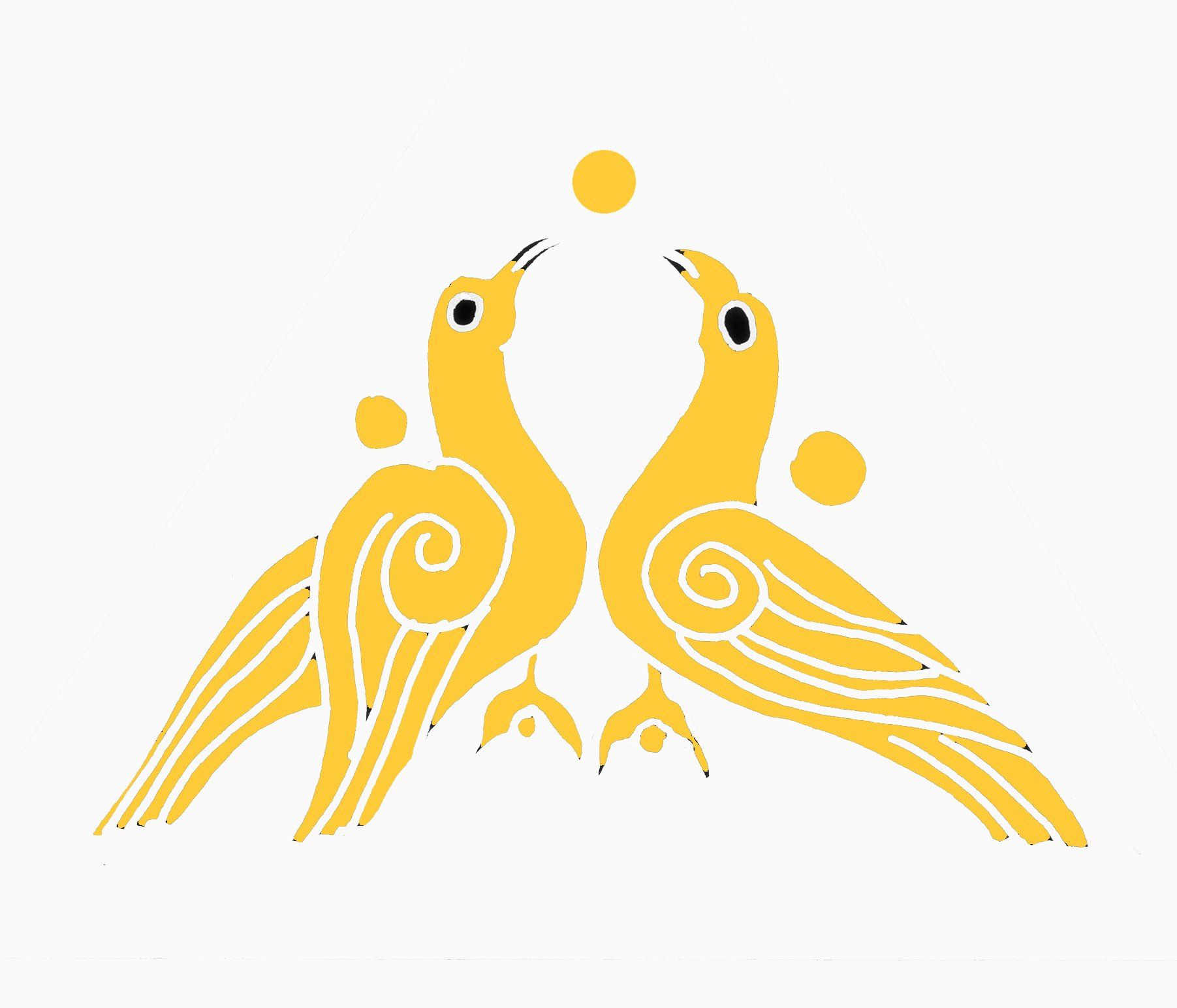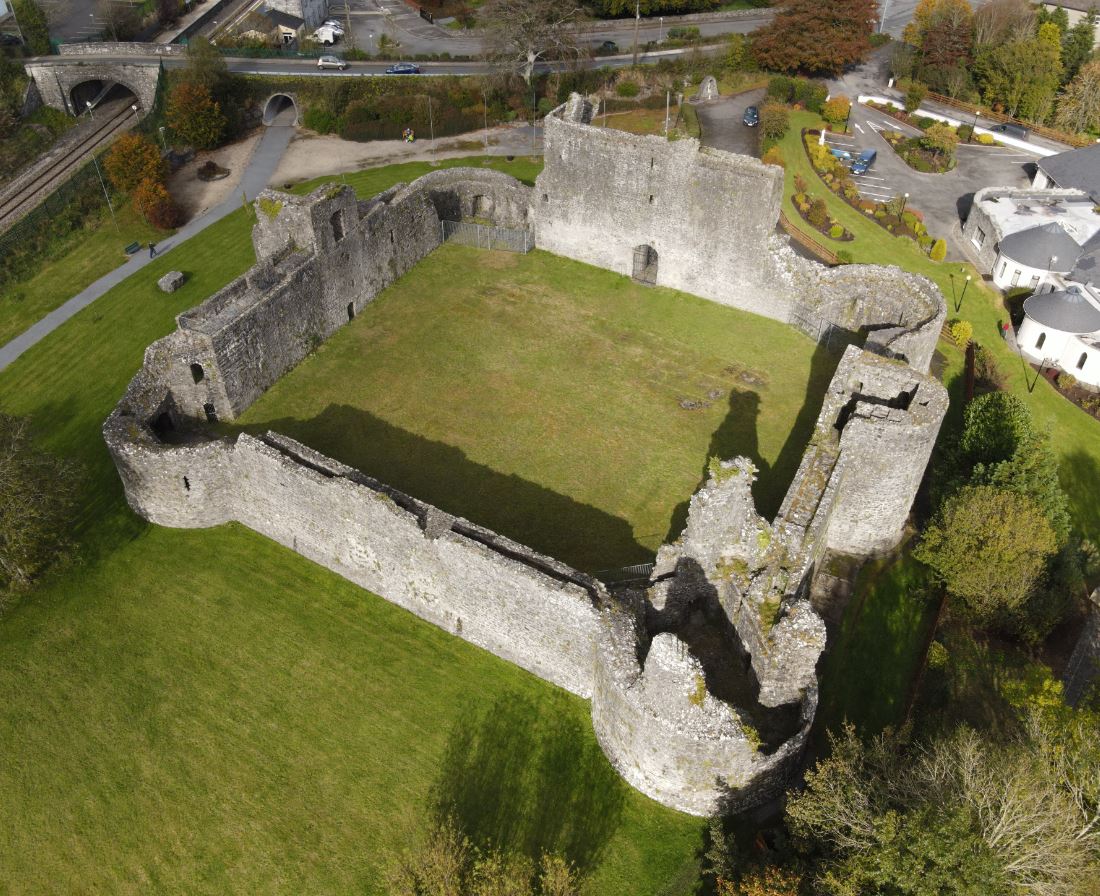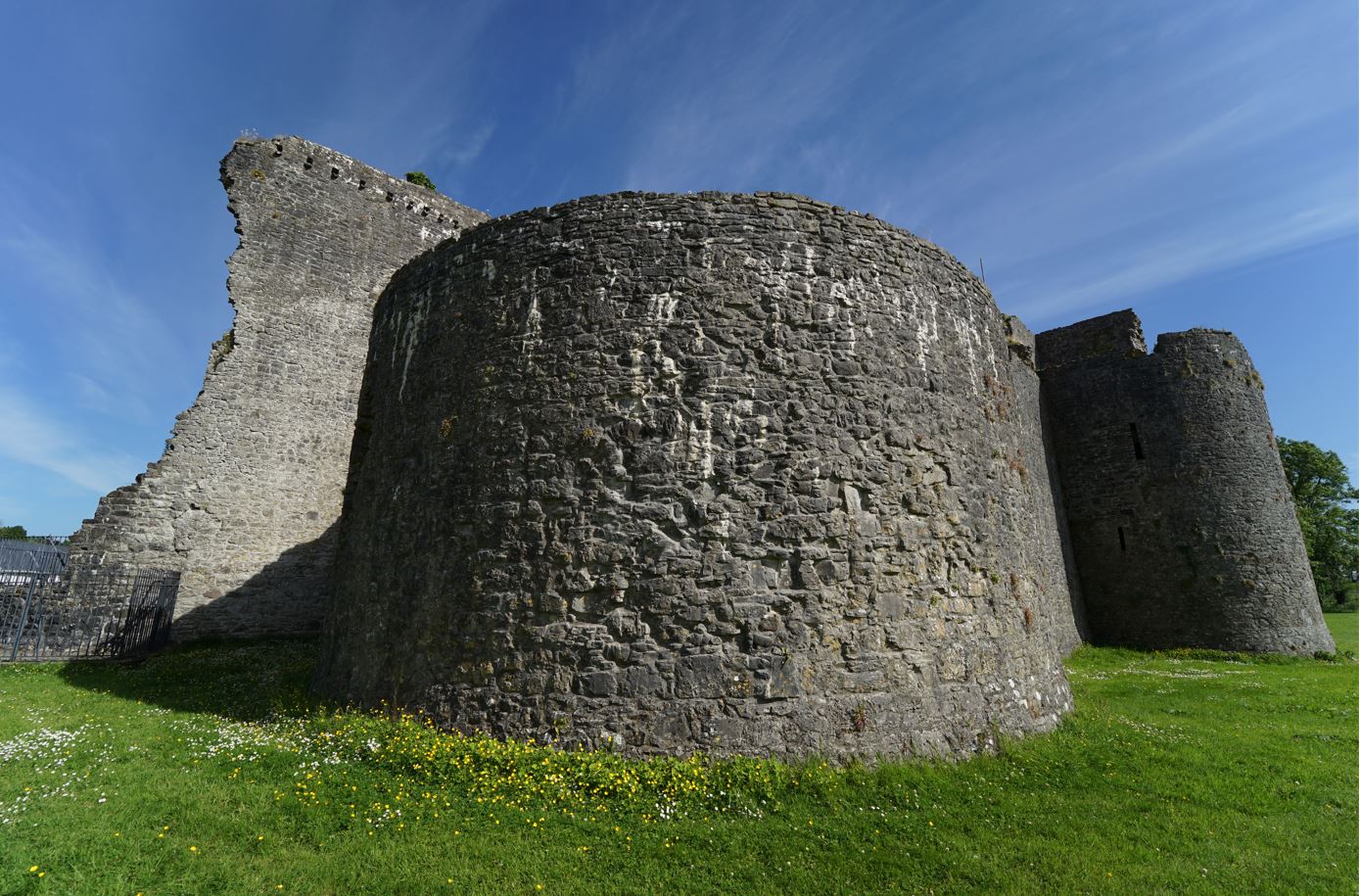1287 - the death of Gerald fitzMaurice
One of those who arrived in Ireland in 1169 was Maurice fitzGerald. He was the son of Gerald de Windsor, who had assisted Arnulf de Montgomery in establishing a Norman colony in Pembroke, Wales, in the 1090s. Some years later, Arnulf formed an alliance with Muirchertach Ua Briain, who had convened the Synod of Cashel
in 1101. Maurice fitzGerald was in his early sixties when he first arrived in Ireland. He died in 1176, yet more than any of the other Norman knights that arrived during this period, he would leave a long-lasting mark on Irish history. The reason for this is that he effectively brought his entire family with him to Ireland. He had six sons and at least one daughter. Indeed, Robert fitzStephen who had arrived in Bannow
in the first contingent of Anglo-Normans in 1169 was Maurice’s half-brother. Also accompanying Robert in the May 1169 landing was Miles, son of David fitzGerald, the bishop of St David’s, a nephew of both Robert fitzStephen and Maurice fitzGerald. Another of Maurice’s nephews was Raymond le Gros, the hero of the siege at Baginbun and the attack on Dublin in 1170. He was the son of Maurice’s brother William, Lord of Carew in Wales. His descendants adopted the surname Carew and would become very influential in Munster for centuries to come. Also in Robert fitzStephen’s company when he landed at Bannow was another relative, Meiler fitzHenry, a figure who would dominate the political scene in Ireland over the coming decades. When Diarmaid Mac Murchadha enlisted the support of the sons of Gerald of Windsor before he left Wales in 1167, he simply intended to use his new-found friends to help him win back the kingship of Leinster. However, the way in which the descendants of Gerald invested themselves into the agreement with Diarmaid is remarkable. This was truly a family affair and may have remained such except that the arrival of Strongbow and his marriage to Diarmaid’s daughter Aoife meant that Maurice fitzGerald’s family were demoted to junior partners in what would become a larger scale colonisation of Ireland.
The reason why we have so much historical information about the early years of the Anglo-Norman conquest is that they were conveniently written down for us and published in 1189 by a man named Giraldus Cambrensis, or Gerald of Wales. This was entitled Expugnatio Hibernica, ‘The conquest of Ireland’. It may not come as a surprise to learn that Giraldus’s mother was a daughter of Gerald of Windsor, making him a nephew of Maurice fitzGerald. As a result, much of his writings are biased towards his extended family’s involvement in the conquest. Giraldus was not present in Ireland during the initial invasion, so he was not an eye-witness to the events of those early years, though he must have received a lot of information from his older brother, Robert de Barri, who had landed at Bannow with Robert fitzStephen in 1169. When Robert fitzStephen subsequently embarked on a conquest of the kingdom of Cork he was assisted by his nephew Philip de Barri, another brother of Giraldus Cambrensis. Philip would inherit much of his uncle’s lands and the Barri name is still synonymous with Cork. Giraldus himself came to Ireland as part of Lord John’s entourage during the royal visit in 1185. It is unlikely that he came simply as a royal observer and perhaps wished to have a deeper role in the conquest. In 1186 he made a bid for the bishopric of Ferns but lost out to Ailbe Ua Máel Muaid
(Aulbin O’Molloy), abbot of Baltinglass Abbey, who prophesied the end of the Marshal line.
Giraldus was becoming increasingly frustrated by the lack of promotional opportunities, both for himself and his extended family. In 1210, just before king John embarked on his royal visit of Ireland, Giraldus vented his frustration. He sent the king a version of his Expugnatio Hibernica
with a new preface designed to remind John of the key role that the Geraldines had played in the invasion of Ireland since their arrival at Bannow in May 1169. He complained that the family had not received just rewards for their efforts, which instead had largely gone to men who had not even taken part in the initial conquest. The unnamed men he was referring to were William Marshal and the de Lacy brothers, among others, the top tier of Anglo-Norman aristocracy, whose boundless ambitions had now prompted the king to visit Ireland for himself. Giraldus argued that the English governance of lands in Ireland would be better served in the hands of the loyal Geraldines.
In later years the family would adopt the surname fitzGerald, but the earliest generations of the family used a surname based on their father. So Maurice fitzGerald (whose father was Gerald) had a son Gerald who was known as fitzMaurice, who in turn had a son Maurice who used the name fitzGerald. This can be very confusing, so historians have generally adopted the term Geraldines as a catch-all for the wide network of family members who descended from Gerald of Windsor.
The Geraldines were considered a lower level of aristocracy, still worthy of large land grants, but as tenants of an overlord. Maurice received a grant of lands in Kildare as a tenant of Strongbow’s Lordship of Leinster. The most successful member of the family during the early decades of the conquest was Maurice’s second son, Gerald. He succeeded to his father’s manor at Maynooth, Co. Kildare, and also inherited his brother’s lands around Youghal in Cork, who in turn had inherited them from their uncle Robert fitzStephen. Gerald added to the family estate when he married Eva de Bermingham, whose father, Robert, was the first Baron of Offaly (which then consisted of only a portion of the modern county of Offaly, as well as neighbouring parts of Kildare and Laois). After the death of Robert de Bermingham in 1197, Gerald inherited the lands of his father-in-law. The family were now ascending the aristocratic ladder, but there seemed little prospect of reaching the top and Gerald was still answerable to the Lord of Leinster, by now William Marshal.
When Maurice fitzGerald’s eldest son Gerald died around 1204, his son and heir Maurice was only 9 years old. Maurice’s inheritance was held in the wardship of William Marshal until he came of age in 1216, when he became second Baron of Offaly. Later in life, Maurice fitzGerald served as justiciar between 1232 and 1245, and the family had finally entered the uppermost echelons of English administration in Ireland. In 1235 Maurice took part in the conquest of Connaught alongside Richard de Burgh. As a result, he acquired lands in south Galway, south Mayo and Sligo. This would become the main source of a bitter dispute between the fitzGerald and de Burgh families in years to come.
In August 1287, Gerald fitzMaurice, fourth Baron of Offaly, died childless. This was a pivotal moment for the fitzGerald family. Much of the family estates across Munster, Leinster and Connaught had already ended up in the female line or to women who were not even fitzGeralds. With no male heir, the fitzGerald inheritance looked set to disintegrate even further. However, prior to his death, Gerald fitzMaurice had already begun to transfer his holdings (including the great castles of Lea and Maynooth) to his cousin, John fitzThomas, who became fifth Baron of Offaly after Gerald’s death. John was determined to undo the fragmentation of the fitzGerald estates that had already started. He spent many years buying back these lands, and when money or legal threats didn’t work, he used brute force to achieve his aims.
At this time, the most powerful man in Ireland was Richard de Burgh, known as the Red Earl. He was the grandson of Richard de Burgh who had spearheaded invasion of Connaught
in 1235. Richard, the conqueror of Connaught, had married Egidia, daughter of Walter de Lacy and Margaret de Braose. Their son Walter (father of Richard the Red Earl) was granted the de Lacy earldom of Ulster in 1264 by the king. Walter died in 1271, leaving to his son Richard the earldom of Ulster to add to the vast family estates in Munster and Connaught. The man who was rising in power to challenge Richard the Red Earl was John fitzThomas, the fifth Baron Offaly. The source of the dispute between these men were lands in Connaught that John’s grandfather, Maurice fitzGerald, had acquired during the conquest of Connaught, led by Richard de Burgh, the Red Earl’s grandfather. The feud between the two men reached a peak when John captured Richard de Burgh in December 1294 and imprisoned him at Lea Castle, Co. Laois until March the following year. A few months later, a peace was negotiated between the two men, and in 1296 king Edward I summoned both men for a military campaign in Scotland. Perhaps the two men formed a new bond while in Scotland, for in 1298 John and the Red Earl reached a settlement whereby he agreed to handover his Connaught estates to de Burgh. Soon afterwards, the Red Earl constructed a large castle at Ballymote to secure the Sligo lands that he taken from John fitzThomas. That the two men had reached a peace is also signaled by the marriage of John’s eldest son (Thomas fitzJohn) to the Red Earl’s daughter, Joan, in 1312.
The death of Gerald fitzMaurice in 1287 could have resigned the fitzGerald family to the pages of history recounting the early decades of the English conquest of Ireland, in which the family’s contributions would have been overshadowed by the deeds of the Marshals and de Lacys. However, by judicious use of stealth, aggression and persuasion, John fitzThomas ensured that the fitzGerald family secured their position in Ireland for centuries to come. The fitzGerald ambitions of promotion to the upper-most levels of Irish society and politics were finally about to be realised.



